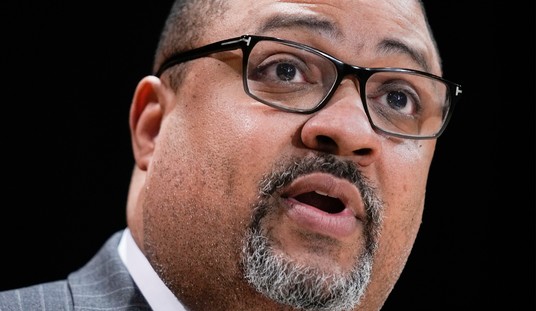Defense attorneys for NYPD officer Peter Liang, on trail for fatally and negligently shooting a man to death in a Brooklyn stairwell, attempted to blame the NYPD’s training and the gun itself as they attempted to excuse Liang for the death of Akai Gurley.
Liang and his partner were entering the pitch-black eighth-floor stairwell when Liang, who had his gun drawn, accidentally fired one round that ricocheted off the seventh-floor landing wall and struck Gurley, 28, in the chest. The shot killed him.
Brown asked the same questions of Detective Nathan Garcia, an officer with the Police Academy, who testified that Liang had been in attendance at all firearms training during his time at the academy in 2013.
“Were you ever instructed that when you approached the roof landing, you should have your firearm out, finger alongside the trigger?” Brown asked Garcia. “Yes,” the cop replied.
Garcia also testified cops are taught to beware of a possible “ambush” on vertical patrols. Officers begin vertical patrols at the roof landing and make their way down the stairwell to the lobby.
Liang’s bagged 9mm Glock was entered into evidence Thursday.
Defense attorneys have argued the gun was faulty, saying in opening statements that Liang’s finger was alongside the trigger — not on it — following police protocol.
But Detective Marc Acevedo told jurors Liang’s gun was on the high end of the NYPD’s acceptable range for trigger-pull — the force required to fire the weapon. The Glock needs 11¹/₂ pounds of pressure to fire, out of a range of 9 to 12 pounds.
“Will this gun fire if someone simply places their finger alongside this weapon?” prosecutor Joseph Alexis asked. “No,” the detective replied.
No responsible firearms trainer instructs their students to put their finger “alongside the trigger,” as it is well-documented and long-known that stumbling, tripping, or being startled will cause the finger to clinch, enter the trigger guard, and more than likely fire a shot.

Instead, trainers teach students to put their fingers high on the frame of the firearm to prevent this exact scenario.

If NYPD training does indeed instruct officers to place the trigger finger alongside the trigger, then they bear a great degree of responsibility. Did they? I strongly suspect that we’ll hear witnesses from the Firearms Training Division within the NYPD claim that they teach a finger on the slide method. This would have likely prevented the parasympathetic discharge that occurred when Liang attempted to open a door with his right hand, encountered more resistance than he expected, and clinched his left fist and trigger finger in response, negligently discharging the round that ricocheted down the stairwell and killed Gurley.
It has long been alleged that the NYPD has refused to competently train their officers, and has instead insisted upon absurdly high “New York” and “New York +” trigger pull weights in an effort to cover up their lack of competent training.
Glocks, M&Ps, XDs and similar striker-fired guns with relatively short (compared to DAO, DA/SA, and LEM) trigger pulls, combined with questionable minimum standards of law enforcement training, have led to a rise in negligent discharges as officers have transitioned from double-action revolvers and DA/SA semi-automatic pistols. This is heavily documented fact borne out in many major metropolitan law enforcement agencies, from the NYPD, to Washington DC’s Metropolitan Police Department, to the Los Angeles Police Department, to most recently, the Los Angeles Sheriff’s Department.
These same firearms—combined with poor training, tactics, and equipment—have also been linked to a significant majority of the negligent discharges we’ve reported on here at Bearing Arms in the past few year, including many of the fatal ones.
I’d like to emphasize, clearly, that I am not against these firearms in the hands of properly-trained shooters. In fact, many of the best-trained shooters I know prefer striker-fired handguns, particularly Glocks.








Join the conversation as a VIP Member